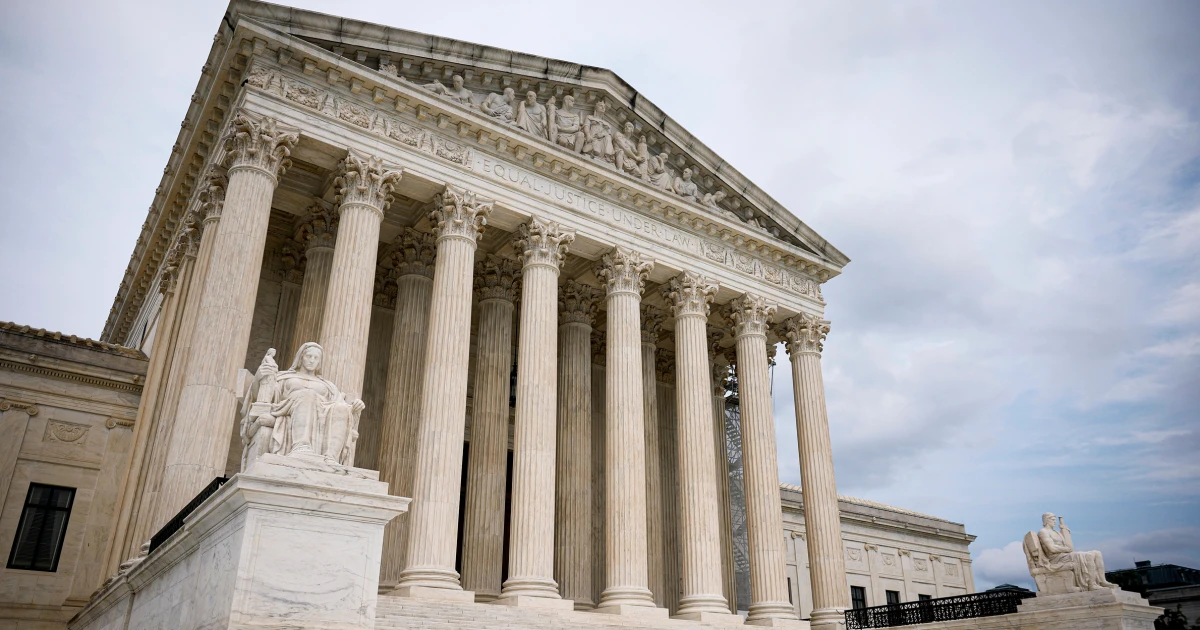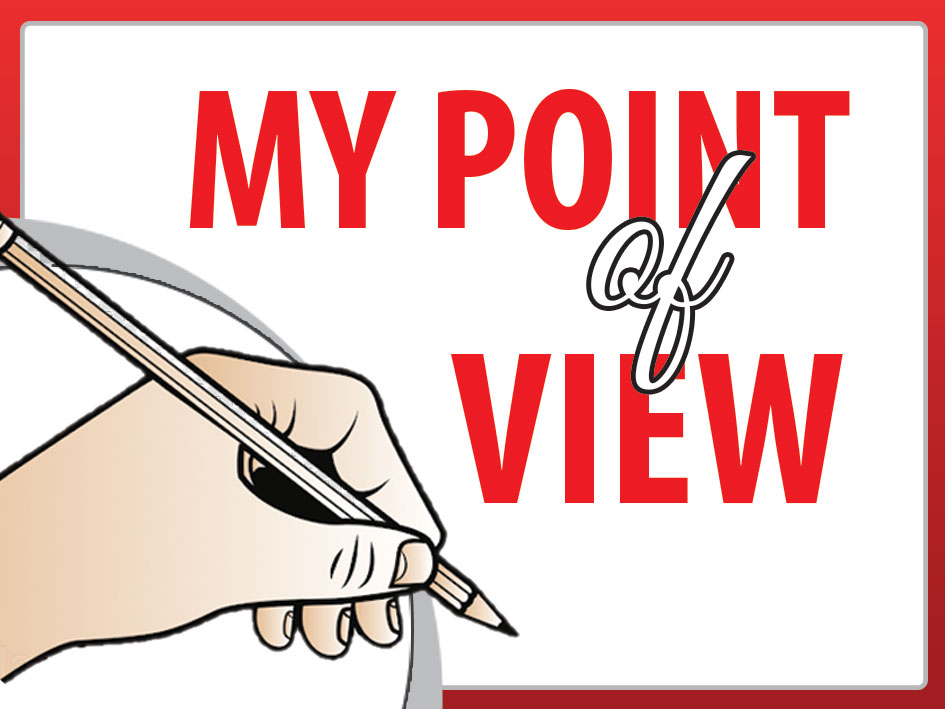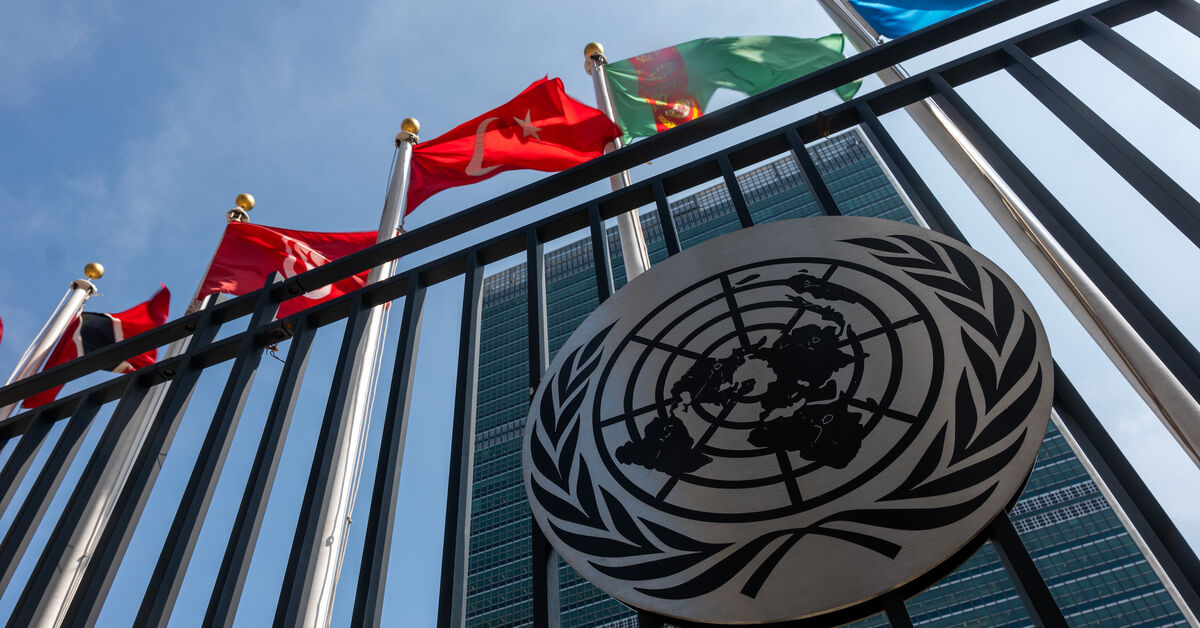
Welcome to the online version of From the Politics Desk, a newsletter that brings you the NBC News Politics team’s latest reporting and analysis from the White House, Capitol Hill and the campaign trail.
TKKT
Sign up to receive this newsletter in your inbox every weekday here.
— Adam Wollner
Trump is on a winning streak at the Supreme Court
By Lawrence Hurley and Katherine Doyle
While President Donald Trump’s aggressive use of executive power has resulted in a flurry of lawsuits, administration officials have won a series of high-profile victories at the Supreme Court in part due to careful case selection aimed at securing the backing of the conservative majority.
The White House has won 19 times at the Supreme Court since Trump took office and is on a 16-case winning streak, with the last loss occurring in May.
The latest victory came today, with the court agreeing to consider whether Trump can fire a member of the Federal Trade Commission despite a law that limits his ability to do so. The commissioner, Rebecca Kelly Slaughter, will not remain in office while the case is litigated.
“They’re ecstatic,” a person close to the White House said of the series of recent legal wins, adding that officials do not want to overplay their hand at the court.
But only a small number of the more than 300 active lawsuits filed against the Trump administration have made it to the Supreme Court.
So far, the Trump administration has asked the Supreme Court to weigh in on an emergency basis 28 times, according to an NBC News tally. It has lost only two. Four cases are pending, although the court issued temporary wins to the government in one of them while it decides what next steps to take. Three others resulted in no decision.
The limited number of emergency requests compared with the total number of cases indicates the administration has been wary of rushing to the justices on issues where even a conservative majority receptive to some of its aggressive assertions of executive power may push back.
The two losses were both in high-profile immigration cases. In one, the court put on hold plans to immediately deport immigrants using a wartime law called the Alien Enemies Act. In the other, the court ruled the court should seek the return to the United States of Kilmar Abrego Garcia, who was wrongly deported to El Salvador.
The Justice Department has not turned to the Supreme Court on some of its most contentious moves that were blocked by federal judges, including executive orders that targeted certain law firms and the government’s detention of foreign students who protested against Israel over its military intervention in Gaza.
Other big cases are on the horizon, including a consequential showdown on Trump’s ability to unilaterally impose tariffs on imported goods.
Read more from Lawrence on Katherine →
Both parties’ views of each other are only getting worse
Analysis by Adam Wollner
You don’t have to search hard these days to see the deep distrust that exists between the two major political parties.
Over the weekend, President Donald Trump publicly urged Attorney General Pam Bondi to prosecute his political foes. Democrats are accusing the Trump administration of undermining free speech. And lawmakers from both parties remain far apart on an agreement on avoiding a government shutdown at the end of the month.
Political polarization and dysfunction are certainly not new phenomena. But as our historical NBC News polling shows, as conducted by Hart Research Associates and Public Opinion Strategies, Democrats’ and Republicans’ views of each are only getting worse. And the same goes for independents’ perceptions of both parties.
Back in 2010, 69% of Democrats held a negative view of the Republican Party, while 81% of Republicans held a negative view of the Democratic Party, according to merged NBC News polling data. Fifteen years later those numbers have spiked: Ninety-one percent of Democrats have a negative image of the GOP (a 22-point increase), and 87% of Republicans have a negative image of the opposing party (a 6-point increase).
This dynamic has extended to voters who don’t identify with either party. The number of independents who had negative views of the Democratic and Republican Parties was below 50% until recently. That threshold was crossed for the GOP in 2024 and is up to 57% now. And it was hit for the Democratic Party earlier this year (56%).
With roughly 9 in 10 members of each party having a negative image of the other, we can see one reason Democrats and Republicans often operate as if there is little incentive to reach across the aisle in a meaningful way.
And with the divisions between the two parties only growing deeper, they have increasingly turned off independents, too.
Related read: Adam Edelman reports that the policy divide between red states and blue states is growing even wider as different parts of the country have started issuing their own vaccine and public health guidance. Read more →
That’s all From the Politics Desk for now. Today’s newsletter was compiled by Adam Wollner and Bridget Bowman.
If you have feedback — likes or dislikes — email us at politicsnewsletter@nbcuni.com



